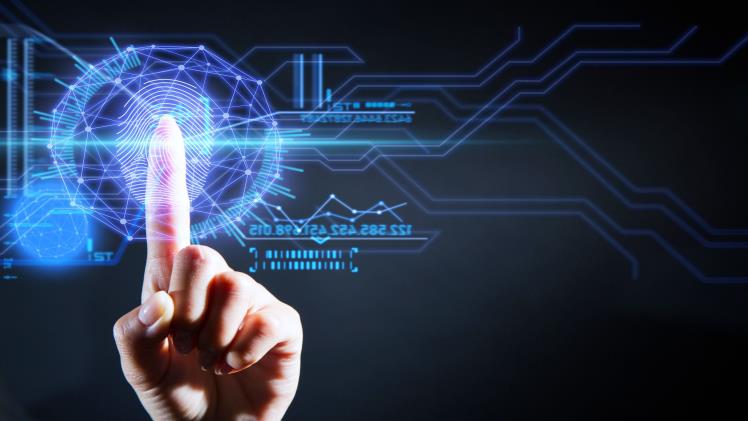To estimate the potential economic impact of the Internet of Things across economies in 2025, we have sized applications in nine settings. We estimate impact by examining applications that exist today, are evolving, or are likely to have significant adoption in 2025. We measure both direct financial impact, such as potential savings from improved machine utilization, and non-financial factors, such as consumer time saved or improved health. We translate these non-financial impacts into economic value by gauging the value of time saved, improved health, extended life spans, etc. It should be noted that these estimates of economic impact are not equivalent to industry revenue or GDP figures and, therefore, diverge from various market projections. The total potential value we estimate for the applications we size in the nine settings is $3.9 trillion to $11.1 trillion per year (Exhibit 7). The largest setting for potential value created by IoT applications in 2025 is factories, which includes manufacturing sites, hospitals, and farms. The potential value that could be unlocked with IoT applications in factory settings could be as much as $3.7 trillion in 2025, or about one-third of all potential economic value that we estimate. Cities are the next largest, with value of up to $1.7 trillion per year, followed by human, with potential value of as much as $1.6 trillion per year. The smallest setting, in terms of potential value, is offices, which could generate benefits worth up to $150 billion per year. In the following pages, we have organized the settings starting with human and places where people live, shop, and work. Finally, we look at three outdoor and mobile environments—including cities—where IoT applications have potential for significant value creation.
We focus here on IoT applications in the context of the human body as the setting in which IoT systems are deployed. These applications fall into two broad categories: improving health and raising productivity. Unlike other IoT applications, where a reading from a sensor might initiate a specific action—turning off a valve, for example—in the human setting, sensor data provide information that people will use to guide their actions and decisions. The adoption of IoT applications in health and fitness is well under way. Based on current usage and likely growth rates, we project that the economic impact of IoT in human health and wellness could be $170 billion to nearly $1.6 trillion globally in 2025. The largest source of value would be using IoT devices to monitor and treat illness ($170 billion to $1.1 trillion per year). Value would arise from improving quality of life and extending healthy life spans for patients with chronic illnesses, and reducing cost of treatment. The second-largest source of value for humans would be improved wellness—using data generated by fitness bands or other wearables to track and modify diet and exercise routines.
Emerging applications have the potential to transform a wide range of health-care therapies. Ingestibles and injectables—smart pills and nanobots—have the potential eventually to replace many surgeries with less invasive procedures that could offer faster recovery, reduced risk of complications, and lower cost. While these technologies are still in development, if they are adopted widely in the next ten years, they have the potential to raise the economic impact of IoT in health care substantially beyond the $1.6 trillion we estimate here. Another set of human applications aimed at raising workplace productivity is also emerging. We describe these applications in the human setting, but we assign their potential economic impact to settings where they will be used, such as offices, retail environments, and factories. For human IoT applications to generate the maximum benefits in health will require improvements in cost, new behaviors by health-care providers and payors, and advances in analytics. Among necessary changes, some of the most important will involve how health care is delivered (using devices and analytics rather than human caregivers) and reimbursed. Payors (commercial insurers and government-run systems) will need to be convinced that investments in IoT systems are justified, especially in cases where IoT improves outcomes but also increases treatment cost. It wil also need to be shown that IoT solutions can have a real impact on one of the most vexing problems in health care today: human behavior. Using these systems to convince healthy people to change their living habits and to help sick patients adhere to doctors’ prescriptions would be a true breakthrough.
Find Out the most significant news news360webs. By the way, this site newszone360 also help you top get latest information.





